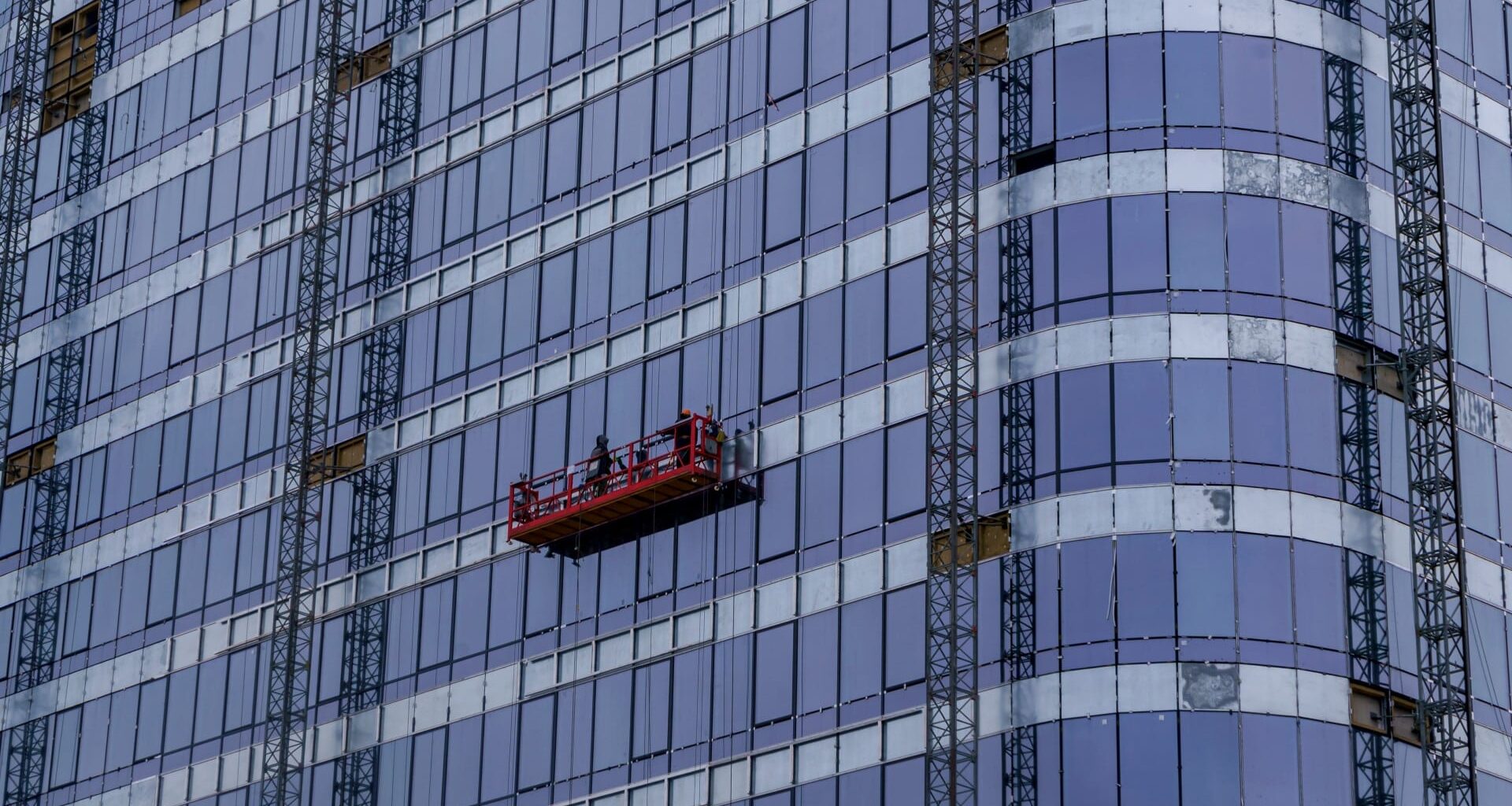Fire safety regulations driving demand for panels
According to ResearchAndMarkets.com, the global non-combustible panels market is valued at USD 10 billion in 2024 and is projected to reach USD 17.2 billion by 2032.
The projected growth is attributed to tighter fire safety regulations and increasing requirements for fire-resistant materials in high-rise, residential, commercial, and public infrastructure construction.
The market includes materials such as fibre cement boards, aluminium panels with mineral cores, and ceramic-based cladding, which manufacturers say are used to meet stricter compliance standards for fire performance in façade and partition applications.
ResearchAndMarkets.com reported that building codes in several countries have been updated to ban combustible materials on high-rise and public sector buildings, prompting retrofit programmes and greater product innovation.
Fire safety standards such as EN 13501-1 A1 and A2 ratings are driving design requirements, particularly in regions with recent fire incident investigations.
Product development and manufacturer responses
Manufacturers are introducing new materials and product lines to respond to evolving requirements and cost-efficiency concerns.
According to the report, James Hardie has launched advanced fibre cement panels aimed at external façade safety, while Fairview has expanded its Vitracore and Vitrabond ranges to include non-combustible aluminium and mineral core options.
Alucobond has introduced A2-rated aluminium panels designed for architectural applications, targeting both new build and retrofit projects.
The report said companies are also focusing on panels that balance fire performance with durability, weather resistance, and installation efficiency.
Options with varied textures, colours, and weight reductions are being developed to appeal to architects and meet installation requirements without compromising structural support.
Market growth and regional differences
ResearchAndMarkets.com reported that North America, Europe, and Asia-Pacific are the largest regional markets for non-combustible panels.
Growth is particularly strong in countries where governments have implemented national retrofitting programmes or set mandatory material requirements for high-rise and public buildings.
In the United Kingdom, Australia, and parts of the European Union, regulations now mandate the removal and replacement of combustible aluminium composite materials with tested non-combustible alternatives.
Retrofitting demand is also growing in countries including Canada and the United States, where local building authorities are updating safety standards.
Emerging markets are showing slower uptake due to cost and availability challenges, the report stated.
Challenges and barriers to adoption
Despite market expansion, ResearchAndMarkets.com identified several ongoing barriers to widespread use.
Non-combustible panels typically have higher material and installation costs compared to traditional options such as polyethylene-core aluminium composite panels.
Weight is another issue, with some products requiring reinforced structural support or complex installation processes, particularly for existing buildings not designed for heavier cladding systems.
The report also noted that the market is fragmented, with a variety of competing materials and standards across countries, creating inconsistencies in adoption.
Fluctuations in raw material supply chains and rising inflation have further impacted pricing and procurement.
Trends in safety, design, and compliance
The report found that most current innovations are focused on improving compliance with safety certifications while maintaining design flexibility.
Manufacturers are developing lighter alternatives with the same or higher fire classification performance to reduce installation times and structural requirements.
The report stated that companies are also adding weatherproofing and impact resistance features in response to increasing demand for multi-performance materials.
Digital modelling and pre-certification tools are being used to support compliance from the design stage, reducing risks during inspections and construction.
According to ResearchAndMarkets.com, increased awareness of fire safety risks is driving architects and developers to prioritise tested and certified cladding systems across all building types.
Non-combustible panels market expands amid global fire safety rules: Summary
The global non-combustible panels market is projected to grow from USD 10 billion in 2024 to USD 17.2 billion by 2032.
This growth is attributed to updated fire safety regulations across multiple regions.
The report is published by ResearchAndMarkets.com.
Products include fibre cement, aluminium mineral core, and ceramic panels.
James Hardie, Fairview, and Alucobond have all released new panel lines.
EN 13501-1 A1 and A2 ratings are key compliance benchmarks.
North America, Europe, and Asia-Pacific are the leading regional markets.
High costs and installation needs remain key barriers.
Retrofitting drives demand in the United Kingdom, Australia, and Canada.
Manufacturers are developing lightweight panels with added durability.
Stakeholders are using modelling tools to streamline fire safety design.
The report covers projections through to 2034, with market segmentation and company profiles.
